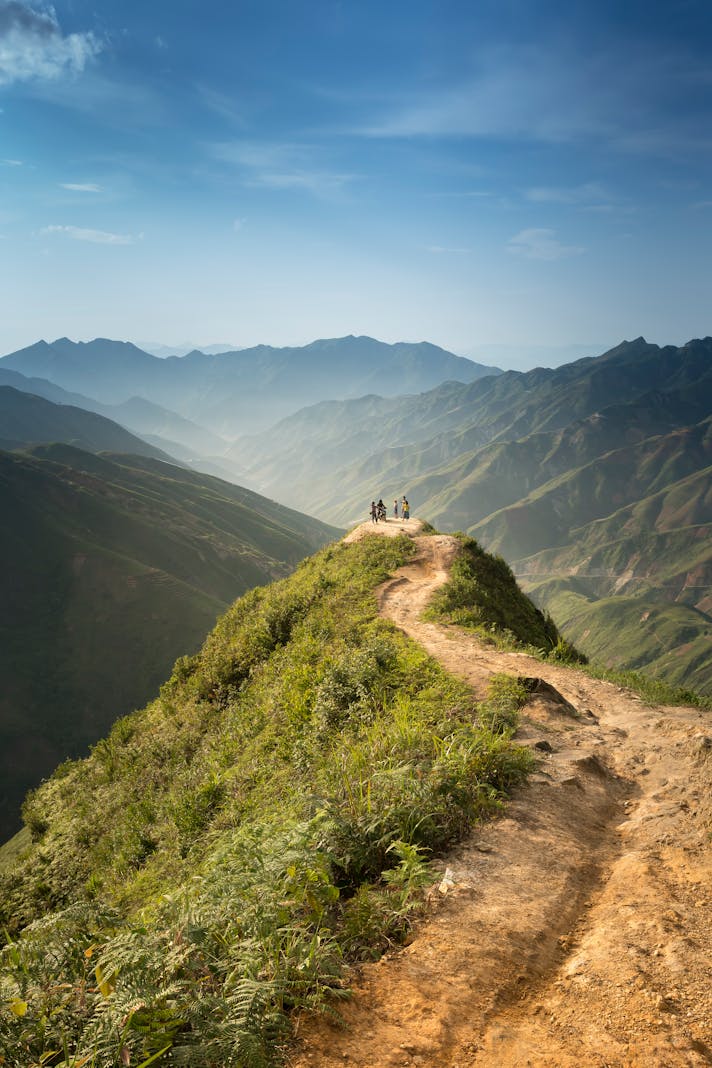Drought 101

The most important facet of California’s climate is not weather – it is ‘whether’. In other words, the economy of the state is dependent on whether or not there is enough water for the agricultural businesses that provide the majority of produce for the rest of the United States.
California enjoys a Mediterranean climate, an ecosystem that exists in only 3% of the earth’s varied terrain. In practical terms, this means that the state generally enjoys warm wet winters and dry summers. It is normal for the majority of the state to experience no rainfall from July 1st (the beginning of the ecological calendar) to October 1st. From then on, rainfall amounts vary depending on location, with the northwest part of the state receiving the most rain and the southeast section receiving the least.
There is actually some question about whether or not California is currently experiencing a drought. Scientists wonder if recorded records of California rainfall document the normal amount of precipitation or if the last hundred years have been unusually wet and the ‘drought’ periods are actually the norm for the state. Answering this question is critical to understanding how the California climate works, but the answer will only be revealed by time.
Whether recorded history represents the truth about the state’s climate, the reality is that California was largely settled from 1848 on. This means that immigrants from the eastern United States, from the parts of Asia where the climate resembles the eastern US, and from a rainy Europe have dominated the settlements. Agricultural practices were brought from those areas, and farming was developed in accordance with the expectations of the farmers rather than from a knowledge of the California climate.
Why do the central valleys of California grow rice, a crop that demands a great deal of water? Certainly, for economic reasons rather than for ecological alignment. In the northern part of the state, almond farmers have long been able to keep their trees alive using rainfall and perhaps some extra added water, but the last few years have made even that difficult. In the southern part of the state, the citrus crops have been similarly affected.
Also problematic is the number of people who have migrated to California for economic opportunities and the chance to enjoy the mild climate of the state. All of this is well and good, but it is certainly true that the water sources in the state have been severely strained by the number of people living in dry areas importing water from other areas. Roman Polanski’s film Chinatown deals with the history of California and what is termed the ‘water wars’ of the state.
There is no good answer to the issues of water and drought for California, but scientists and engineers are working to explore alternate ways of providing water to thirsty farms and people. The current drought is certainly the catalyst for the urgency of these new technologies. The future of California depends upon its availability, and the history of the state will certainly be written with wet ink.
California enjoys a Mediterranean climate, an ecosystem that exists in only 3% of the earth’s varied terrain. In practical terms, this means that the state generally enjoys warm wet winters and dry summers. It is normal for the majority of the state to experience no rainfall from July 1st (the beginning of the ecological calendar) to October 1st. From then on, rainfall amounts vary depending on location, with the northwest part of the state receiving the most rain and the southeast section receiving the least.
There is actually some question about whether or not California is currently experiencing a drought. Scientists wonder if recorded records of California rainfall document the normal amount of precipitation or if the last hundred years have been unusually wet and the ‘drought’ periods are actually the norm for the state. Answering this question is critical to understanding how the California climate works, but the answer will only be revealed by time.
Whether recorded history represents the truth about the state’s climate, the reality is that California was largely settled from 1848 on. This means that immigrants from the eastern United States, from the parts of Asia where the climate resembles the eastern US, and from a rainy Europe have dominated the settlements. Agricultural practices were brought from those areas, and farming was developed in accordance with the expectations of the farmers rather than from a knowledge of the California climate.
Why do the central valleys of California grow rice, a crop that demands a great deal of water? Certainly, for economic reasons rather than for ecological alignment. In the northern part of the state, almond farmers have long been able to keep their trees alive using rainfall and perhaps some extra added water, but the last few years have made even that difficult. In the southern part of the state, the citrus crops have been similarly affected.
Also problematic is the number of people who have migrated to California for economic opportunities and the chance to enjoy the mild climate of the state. All of this is well and good, but it is certainly true that the water sources in the state have been severely strained by the number of people living in dry areas importing water from other areas. Roman Polanski’s film Chinatown deals with the history of California and what is termed the ‘water wars’ of the state.
There is no good answer to the issues of water and drought for California, but scientists and engineers are working to explore alternate ways of providing water to thirsty farms and people. The current drought is certainly the catalyst for the urgency of these new technologies. The future of California depends upon its availability, and the history of the state will certainly be written with wet ink.

Related Articles
Editor's Picks Articles
Top Ten Articles
Previous Features
Site Map
Content copyright © 2023 by Korie Beth Brown, Ph.D. . All rights reserved.
This content was written by Korie Beth Brown, Ph.D. . If you wish to use this content in any manner, you need written permission. Contact Korie Beth Brown, Ph.D. for details.







